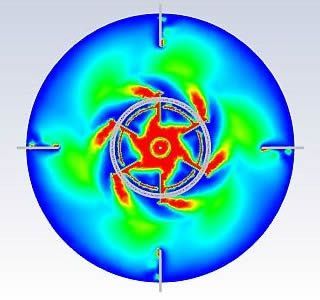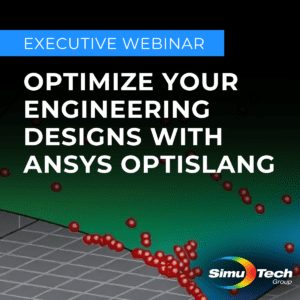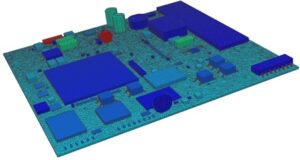Modeling Mixing Tanks Using Ansys CFD (Computational Fluid Dynamics)
This webinar covers setting up a mixing tank simulation in Ansys CFD and will discuss rotating components and their interaction with stationary components. Specifically, rotating and stationary domains and their interfaces are explored.
There is also a discussion of multiple phases and changing material properties during the mixing process. Finally, the Fluent Mixing template in Fluent shows a quick and simple template to set up mixing tank simulations.

How does a mixing tank work?
The procedure of timing the consecutive release of bubbles. As a result, the tank’s vertical circulation is immediately created, and the entire contents are thoroughly mixed. Air is abruptly released, shocking the liquids and moving their molecules.
How should a tank mixer be sized?
Mixer sizing. The blade’s diameter ought to be one-third of the tank’s diameter. The blade diameter should be raised for heavier materials to enable for the greatest flow and most effective mixing.
How is the energy mix determined?
Power is equal to Np*n3*d5*sg*K.
The design of the impeller, the quantity and placement of impellers within a tank, tank baffling, and fluid viscosity are some of the variables that affect the dimensionless power number (Np) and its value. The power number is typically displayed for the mixing process in totally turbulent flow.
What does a mixing column serve?
What function does the “mixing column” in the engine’s fuel system serve? Its purpose is to sustain the circulation of fuel and remove air from the system while the engine is switched over. It is installed between the pump and the engine.
Which type of fuel powers the primary engine?
The most popular fuel for commercial vessels is HFO, or heavy fuel oil. By burning fuel inside the engine’s combustion chamber to produce steam inside the boiler or to turn the ship’s propeller or alternator, the fuel oil releases energy. This is the fundamental understanding required when Modeling Mixing Tanks via CFD.





